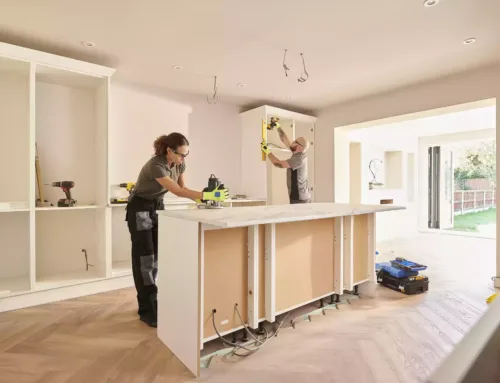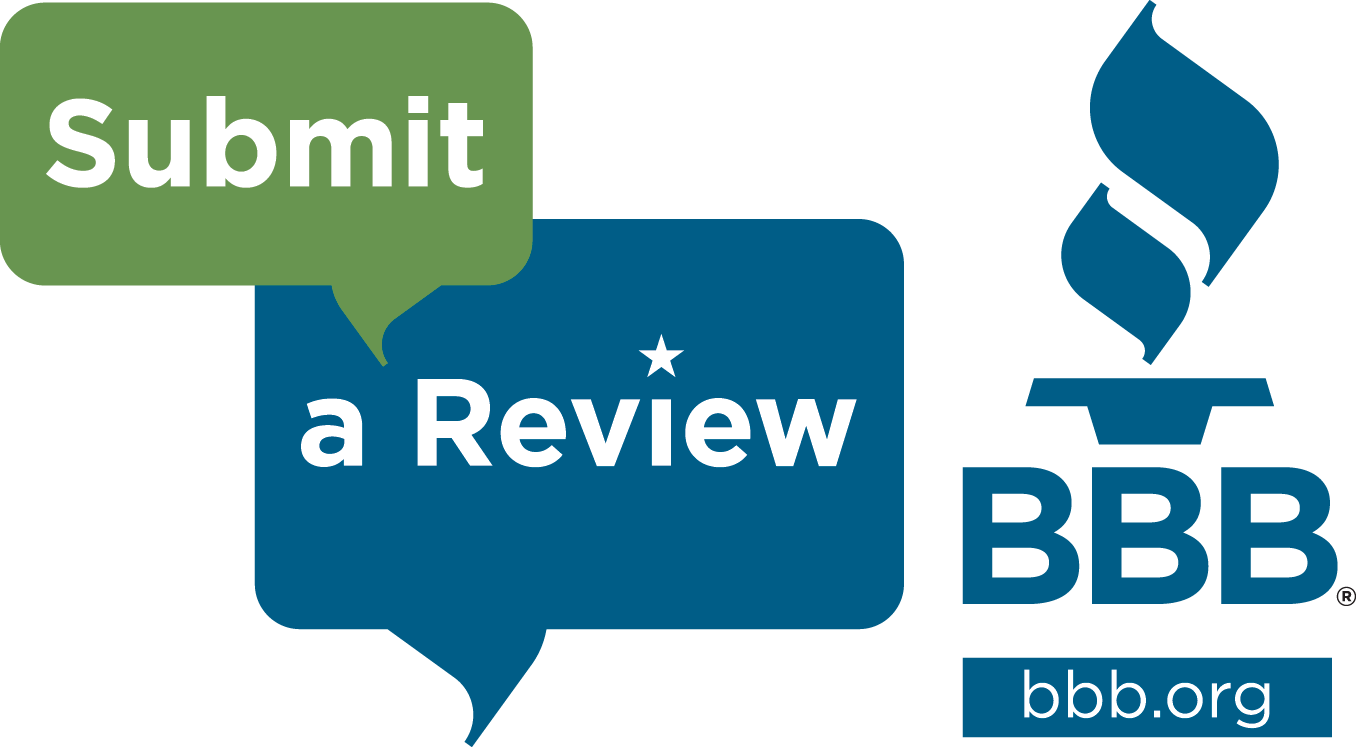Refinancing 101

If your monthly mortgage payment is burning a hole in your pocket, or you have an adjustable-rate mortgage and want to switch to a fixed rate, or you just need some extra cash, refinancing your mortgage can be a great option to consider.
There are two ways to refinance a mortgage:
Rate-and-term financing: Usually, the remaining mortgage amount is refinanced for a lower interest rate or a shorter loan term. For example, switching from a 30-year loan to a 15-year to save money and build equity quickly.
Cash-out refinancing: A cash-out refinance is when you refinance your mortgage for more than you owe and take the difference in cash. It’s called a “cash-out refi” for short.
If you’re still unsure if you’re ready to refinance, check out the steps below to make sure you’re ready.
Run a Credit Check
Having okay credit doesn’t mean you can’t refinance, but having good or excellent credit will get you a lower interest rate for your new loan. Run a credit report before you apply to make sure there are no glaring issues that may hinder a loan or lower rate.
Find a Lender
At First Ohio Home Finance, we can help you during each step of the refinance process.We’re knowledgeable about different loan programs, we know the current rates, and we’re patient in answering your questions.
Apply for the Loan
The next step is to fill out the loan application and review the loan estimate you should have received from your lender. This estimate compiles the details of your loan offer. Your lender will ask you to provide proof of your income and check your credit. Ask your lender to help you decide whether to lock your rate or float your rate. If your rate is locked, it won’t change unless the terms of the new loan change. If you let your rate float, it could end up being lower or higher.
Get Ready for Paperwork
You’ll have to give your lender a lot of paperwork. Be ready to provide your W-2 tax forms if you’re an employee, income tax returns or profit-and-loss statements if you’re self-employed, homeowners insurance policies, and possibly a driver’s license or passport.
Get an appraisal
An appraisal of your home will be required for you to refinance. The lender will order the appraisal, and the appraiser will visit your home and take notes and pictures. If the appraiser thinks your home is worth more or less than you and your lender expected, the terms of your loan could change.
Once paperwork and appraisal are completed, your loan should be ready for your lender’s final approval. You’ll receive a closing disclosure document for review and you will sign and send it back to your lender. Next, you sign your loan documents.
Closing Time
The last step is the closing. Your lender will verify your credit and employment again to make sure nothing has changed during the loan process. If everything is in order, your existing home loan will be paid off and your new one will be recorded with the appropriate government records office in the county where your home is located. You should be ready to pay some closing costs. If you decided to cash out some of your home equity, you’ll receive a check or wire transfer of the funds. Your lender will update you on how and when to make your new monthly mortgage payment.













